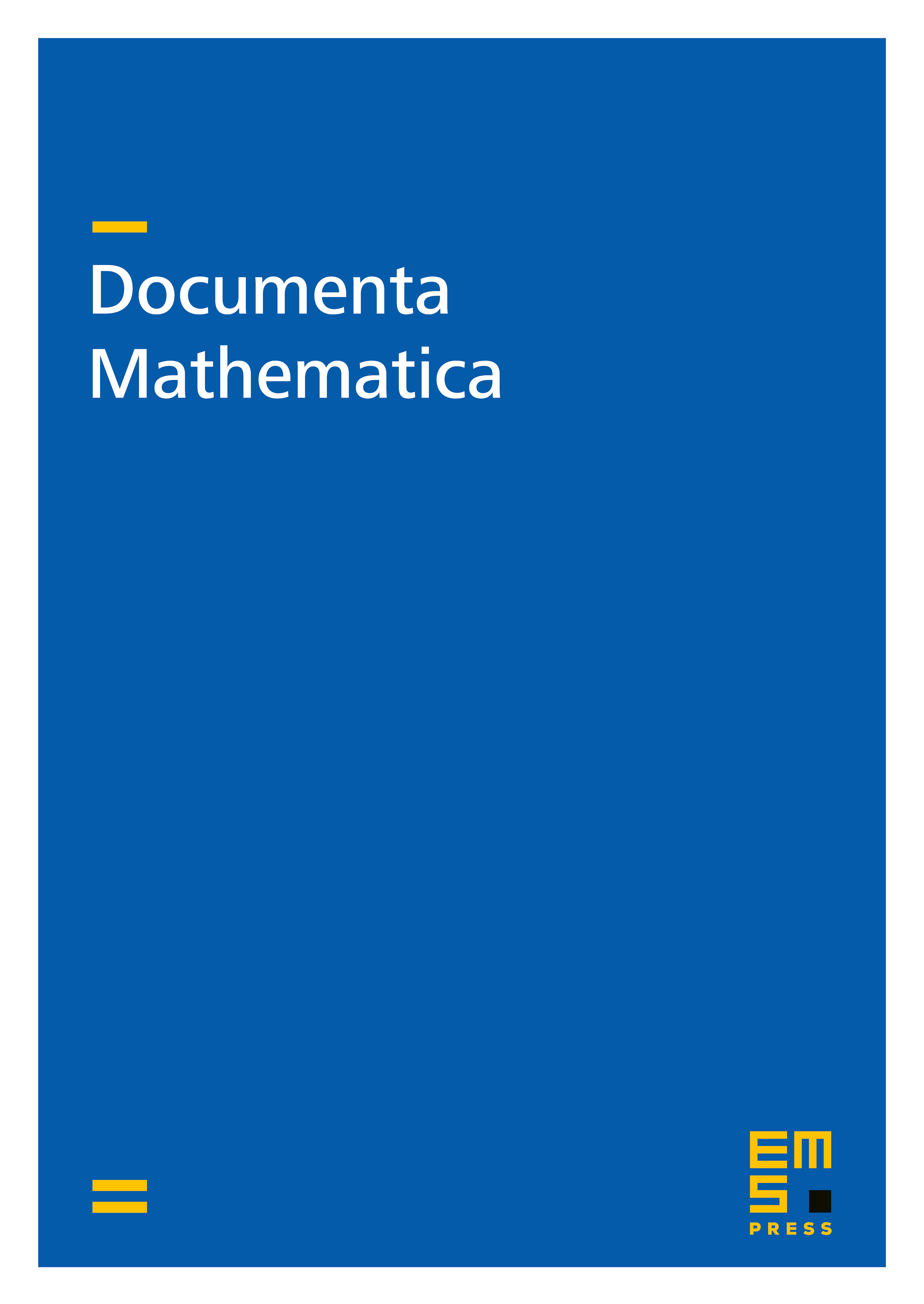Hyperplane mass partitions via relative equivariant obstruction theory
Albert Haase
Freie Universität Berlin, GermanyPavle V.M. Blagojević
Freie Universität Berlin, GermanyFlorian Frick
Cornell University, Ithaca, United States of AmericaGünter M. Ziegler
Freie Universität Berlin, Germany

Abstract
The Grünbaum–Hadwiger–Ramos hyperplane mass partition problem was introduced by Grünbaum (1960) in a special case and in general form by Ramos (1996). It asks for the «admissible» triples such that for any masses in there are hyperplanes that cut each of the masses into equal parts. Ramos' conjecture is that the Avis–Ramos necessary lower bound condition is also sufficient. We develop a «join scheme» for this problem, such that non-existence of an -equivariant map between spheres that extends a test map on the subspace of where the hyperoctahedral group acts non-freely, implies that is admissible. For the sphere we obtain a very efficient regular cell decomposition, whose cells get a combinatorial interpretation with respect to measures on a modified moment curve. This allows us to apply relative equivariant obstruction theory successfully, even in the case when the difference of dimensions of the spheres and is greater than one. The evaluation of obstruction classes leads to counting problems for concatenated Gray codes. Thus we give a rigorous, unified treatment of the previously announced cases of the Grünbaum–Hadwiger–Ramos problem, as well as a number of new cases for Ramos' conjecture.
Cite this article
Albert Haase, Pavle V.M. Blagojević, Florian Frick, Günter M. Ziegler, Hyperplane mass partitions via relative equivariant obstruction theory. Doc. Math. 21 (2016), pp. 735–771
DOI 10.4171/DM/544